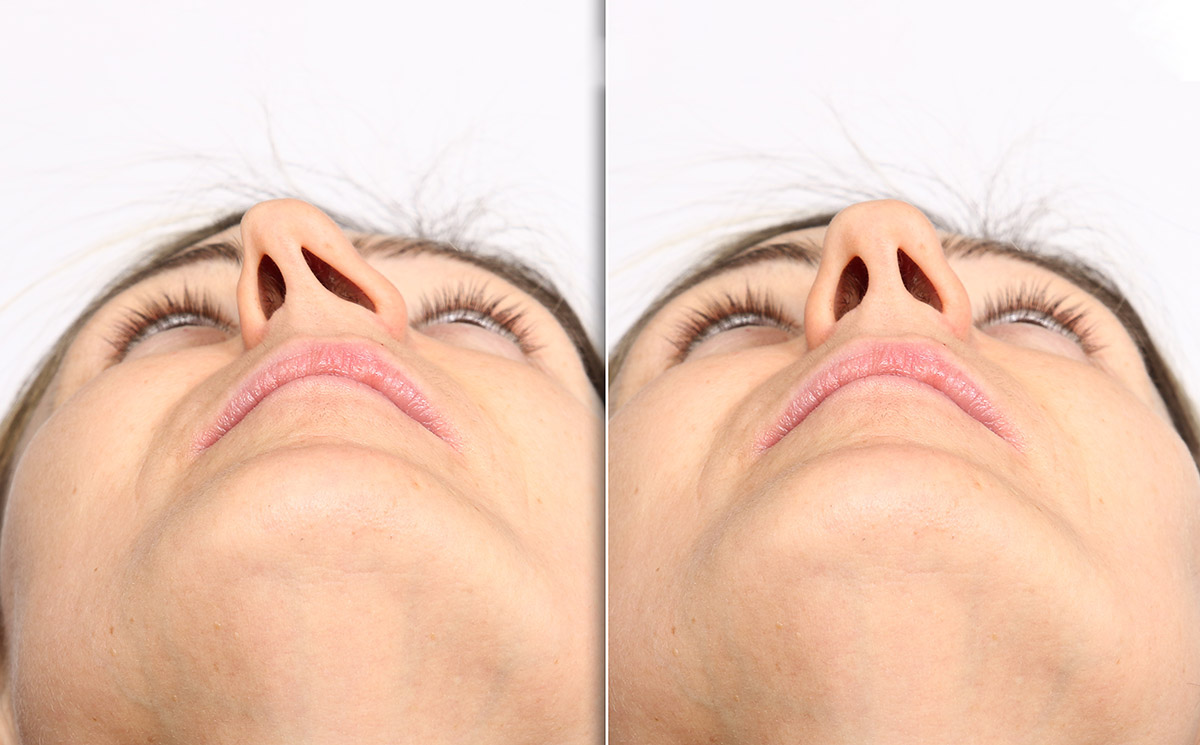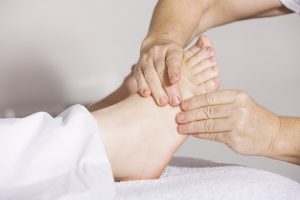Get Tooth Implants in London: Why you should consider?
Implants are artificial roots used to replace teeth that were lost. The titanium implants are strong and light, which allows them to be connected securely to the jawbone. Dental implants function as anchors for replacement teeth, such as crowns or dentures. These are like natural teeth and help restore your smile. Implants are surgically placed in the jawbone of an oral surgeon or dentist to join with bone over time. This process is referred to as osseointegration. permits dental implants to become an integral part of your mouth, just like natural teeth.
When they are bonded to the jawbone, dental implants provide security for the replacement teeth. They are more secure than dentures and bridges. Implants also help preserve bone structure by stimulating the growth of new bone tissue in areas where there has been a certain amount loss of bone due to missing teeth. In addition, because dental implants serve as anchors to support replacement teeth, they are able to prevent gum recession and maintain the appearance of the face more effectively than other options for replacing missing teeth, like dentures or bridges alone don’t offer this kind of support. Forest and Ray is a good dental implant clinic to start.
The success rate of dental implant surgery is dependent on several factors, including general health condition prior to the procedure, proper care after the procedure, lifestyle habits (smoking) and changes caused by ageing within the jawbone structure (such as osteoporosis) and the extent to which you follow instructions from your dentist about postoperative care practices at home following surgery. Ask your dentist about the risks associated with dental implants to ensure that you can be prepared for any outcome.
What are Dental Implants?
Dental implants are used to replace one or more teeth missing. Dental implants are titanium post that is surgically inserted into jawbone. It acts as a tooth root. It provides support to the replacement teeth. Implants can be used to replace one or multiple missing teeth and can even be used to fix dentures in their proper place.
A dentist who has experience in implant dentistry has to plan and carry out the procedure of placing an implant carefully. Treatment plans contain a thorough evaluation of dental health, medical history, and lifestyle habits. The plan also includes the desired outcome. Based on your particular needs, you may need additional procedures, like bone grafting before your dental implant surgery can commence.
The abutment, after it is connected to the implant provides security for the new teeth. They’ll appear and feel exactly like natural teeth when they are correctly fitted with crowns or bridges. After dental implants are placed and patients are required to maintain proper oral hygiene to ensure they are healthy. regular visits to the local dental office are also recommended in order to maintain your newly restored smile. Dental care should involve brushing twice daily using fluoride toothpaste, flossing regularly around each implanted tooth, or denture appliance, avoiding the consumption of sugary beverages and food items between meals (especially those that contain acid) as well as using the mouthwash frequently if suggested by a dentist. All this will ensure the implant success!
Dental Implants Procedures
An implant is a titanium rod which has been surgically implanted in the jawbone. After healing, the post is used as the anchor for a set of artificial teeth which are custom-made to resemble your natural teeth. It is possible to have numerous dental appointments, based on how many implants are required to replace a lost tooth.




